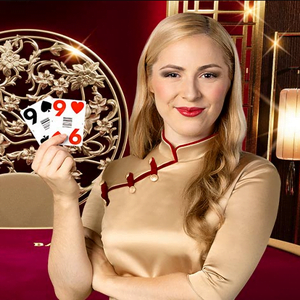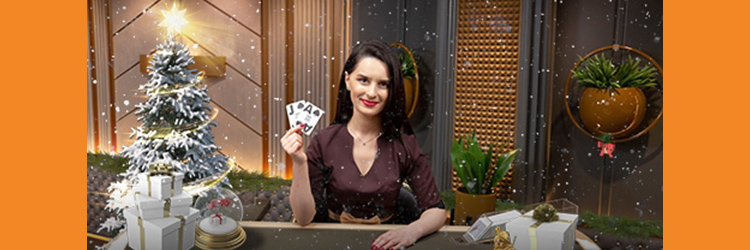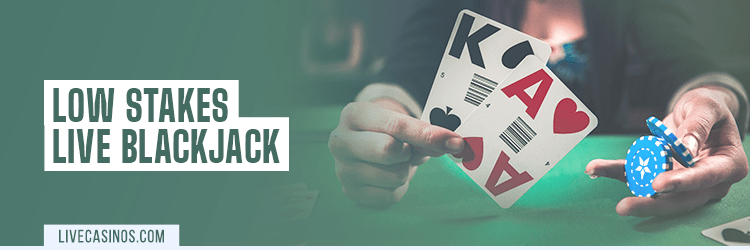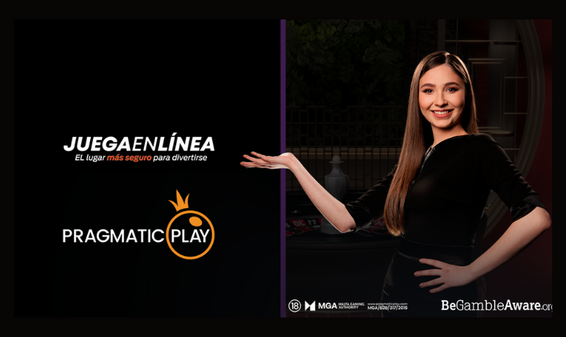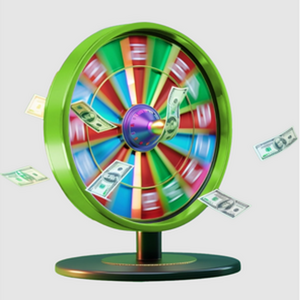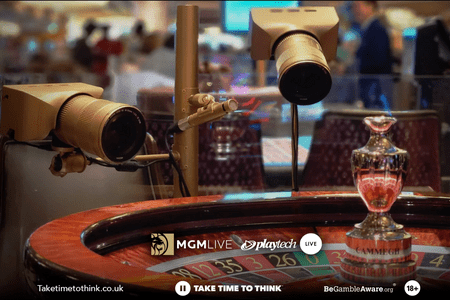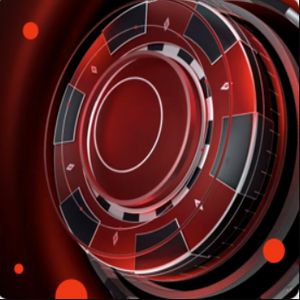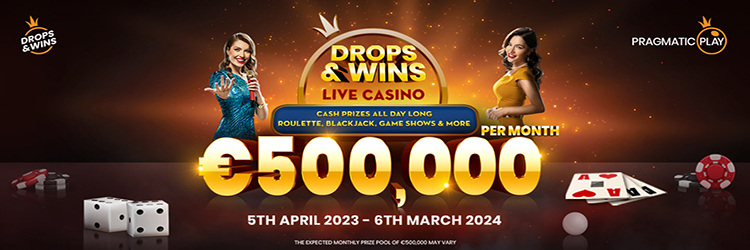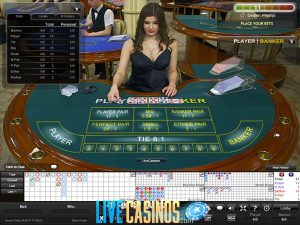
Once a privilege of royalty and rich & famous, today this lovely game is accessible to pretty much everybody. Its simple rules and low house edge make it extremely popular, and the squeeze feature ads to the excitement.
Let’s make it clear: squeezing cards in Baccarat doesn’t impact which cards will come out of the shoe. The person doing the squeezing might look as if they were in control, but in reality they only reveal the cards for their selected bet, either the banker or the player. So what’s the aim of this little exercise? Read on to learn about the purpose of a squeeze, and find out who’s doing the squeezing and how.
Who Does the Squeezing and Why
So, if squeezing in no way impacts the outcome, why is it done? When played in brick-and-mortar casinos, the squeeze element adds drama to the game of Baccarat by prolonging the excitement as small sections of the card get gradually revealed. The idea is based on the superstition of players who believe squeezing can change the outcome, and some will even blow on the cards to blow away bad numbers and get favorable ones to appear instead. Only one person is allowed to touch the Player’s cards and only one the Banker’s – this will either be the person with the biggest bet or someone they nominate.
Squeeze Technique
So, the aim is to slowly reveal value of the card in order to build tension. If you’re doing the squeezing, don’t worry about damaging the cards; in Baccarat, they’re never used again. Put your thumbs on two top corners to cover up the number and allow the card’s value to be identified only by counting the symbols (spades, hearts, diamonds or clubs). The best way to start is to position the card so that its short edge is facing your way.
If you see a line or part of a picture you’ll know you’ve got a J, Q or K valued at zero. There’s not much point in prolonging the squeeze from then on since the value is already revealed. If having squeezed a third of the card you still see nothing, then you know you’re working on an Ace. Eventually, the most exciting cards to squeeze are those from 2 to 10. Seeing one symbol on top means you have either a 2 or a 3, and this squeeze becomes important when the first card has revealed a 7; getting 2+7 combo gives you the best possible Baccarat hand, while 3+7 makes up the worst.
If what you first see are two symbols on top, indicating that the card you’re holding is 4, 5, 6, 7, 8, 9 or 10, you should turn the card around. Now its longer edge is facing your way and you continue by repeating the procedure. Thumbs are covering the numbers, and the card is slowly squeezed to reveal two, three or four symbols. If you see two, you know you have a 4 or a 5; turn the card again into the original position and start squeezing. Three-sided card means you’ve got a 6, 7 or an 8, and you treat it exactly the same way. Four-sided card is either a 9 or a 10, and now it becomes extremely stressful if the previous card displays a picture or a ten (worth 0). Why? Because now you have 50:50 chance to draw a natural 9 (the best hand ever) or draw a Baccarat (absolutely worst hand). It all depends whether one small symbol shows third of the way down, indicating a 10.
How Squeezing Works in Online Baccarat
Let’s have a look at Live Baccarat Squeeze by Evolution Gaming. You’ve placed your bets and the dealer gives 2 cards face down both to the Player and the Banker. They will next slowly reveal a face-down card by opening it from one end and then from the other, with the choice of squeezed card depending on the cumulative amount players have wagered on Player or Banker. Non-live Baccarat games also come in a Squeeze variant and allow you to “fold” the card in different directions and “open” it in real time, just like you’d do in a land-based casino.
Whether you share the belief that squeezing of the cards can magically change them or not, you’ll feel the excitement the Squeeze element brings to the game. Try it out in a virtual environment before you demonstrate your skills at a table shared with other players.


































 Roulette
Roulette
 Blackjack
Blackjack
 Baccarat
Baccarat
 Poker
Poker
 Sic Bo
Sic Bo
 Dragon Tiger
Dragon Tiger
 Game Shows
Game Shows  Top 5 Games
Top 5 Games  See more
See more  Roulette Casinos
Roulette Casinos  Low Limit
Low Limit  High Limit / VIP
High Limit / VIP  Exclusive
Exclusive  How to Play
How to Play  Basic Strategy
Basic Strategy  Top Tips
Top Tips  FAQ
FAQ  Blackjack Casinos
Blackjack Casinos  Baccarat Casinos
Baccarat Casinos  Bonuses
Bonuses  Poker Casinos
Poker Casinos  Game Providers
Game Providers  Sic Bo Casinos
Sic Bo Casinos  Dragon Tiger Casinos
Dragon Tiger Casinos  Credit and Debit Card
Credit and Debit Card  e-Wallet
e-Wallet  Cryptocurrency
Cryptocurrency  Bank and Checks
Bank and Checks  Pay by Phone and SMS
Pay by Phone and SMS  See more
See more  How-To Guides
How-To Guides  Top Lists
Top Lists  In-Depth
In-Depth  Strategy
Strategy  Casino & Games
Casino & Games  Insight
Insight  News
News  Promotions
Promotions 
 Guide to Live Casinos
Guide to Live Casinos  Top 10 Live Casino Tips
Top 10 Live Casino Tips  FAQ & Help
FAQ & Help  Meet The Dealers
Meet The Dealers  Our Awards
Our Awards  Responsible Gambling
Responsible Gambling 





































 ENG
ENG 

 Facebook
Facebook
 Pinterest
Pinterest
 Twitter
Twitter
 LinkedIn
LinkedIn
 Copy Link
Copy Link 





